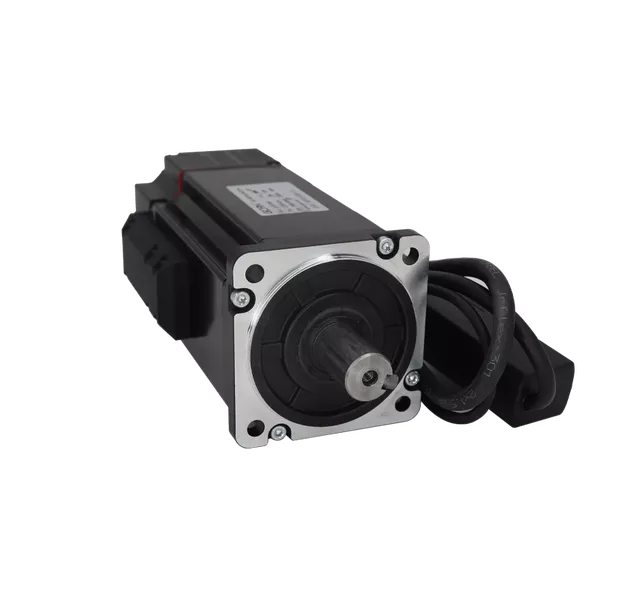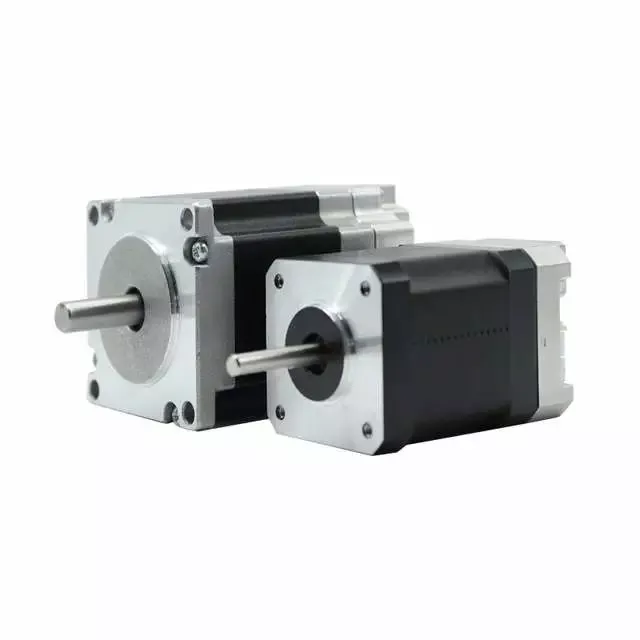Существует ли структура кодера это один из элементов, отличающих сервосистемы от обычных двигателей.
Это позволяет двигателю достичь замкнутого цикла управления, что обеспечивает более высокую точность управления и способность справляться с более сложными задачами управления.
В настоящее время наиболее распространенными сервокодерами являются инкрементные и абсолютные значение типы. В чем разница между ними? Почему люди предпочитают абсолютные энкодеры?


Для сравнения, инкрементальные энкодеры имеют более высокое разрешение, и абсолютные энкодеры более точное позиционирование. Кроме того, абсолютный энкодер имеет функция памятиПри этом позиционирование не будет потеряно при отключении питания, в то время как инкрементный энкодер потеряет его. Проиллюстрируем это на следующем примере.
Например, ротор серводвигателя начинает двигаться из положения 0° и останавливается в положении 180°. При переходе в положение 90° питание отключается. В это время, если в двигателе используется инкрементальный энкодер, он будет считать, что текущее положение 90° - это начальное положение 0° после восстановления питания, и остановится, пройдя 180° до положения 270°. Если же двигатель использует абсолютный энкодер, то благодаря наличию функции памяти он знает, что текущее положение находится в точке 90°, цель - в точке 180°, а затем его нужно сместить на 90°.

В поисках Расширяемый ПЛК для вашего следующего проекта ? Нажмите, чтобы узнать больше!
